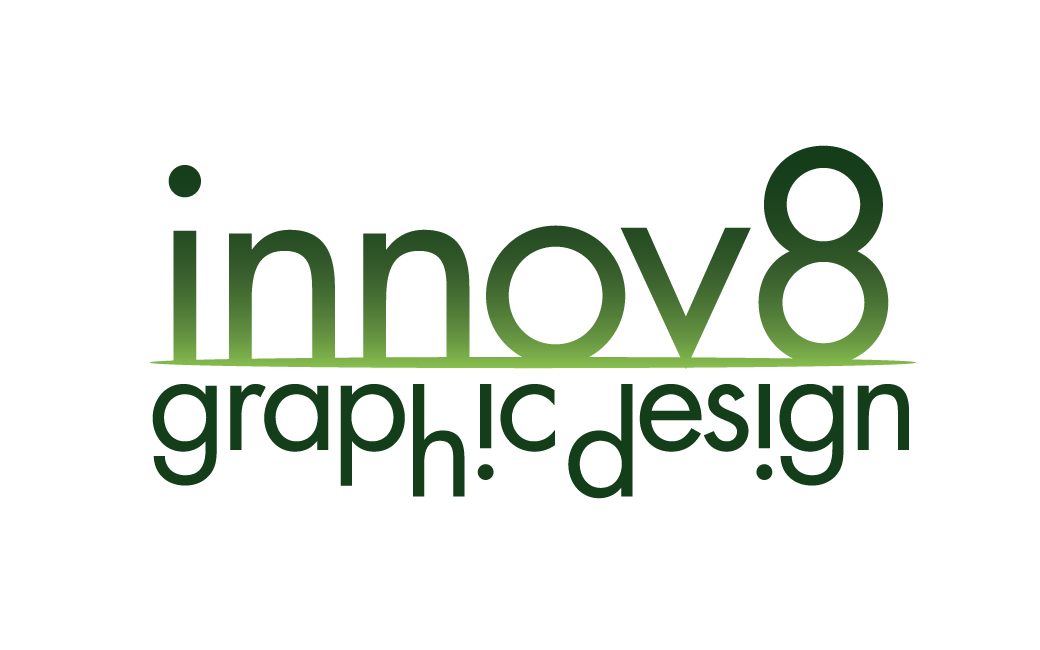Part 2: How to structure your content for AI search
Welcome back! In Part 1, we covered what Generative Engine Optimization (GEO) is and why it matters. Now let's get practical with two powerful techniques you can start using today.
Strategy 1: Structure your content in "answer chunks"
Most people don't realize this: AI engines don't cite your whole article. They lift specific sections - the bits that directly answer what someone's asking.
So instead of writing one long flowing piece, think of your content like building with LEGO blocks. Each section needs to be complete on its own, but they all fit together to create something bigger.
How to do this
Ditch generic headings
Instead of vague headings like "Our Approach" or "What We Do," get specific. Your headings should signal exactly what question you're answering.
Generic: Our Services
Better: How we make estate planning accessible for busy families
Generic: Why Choose Us
Better: Why accessibility and SEO work better together
Generic: The Process
Better: What happens during your first brand design consultation
See the difference? The better versions tell both humans and AI exactly what they'll find in that section.
Make each section self-contained
Start each section with a direct answer, then follow with supporting details. Don't assume people (or AI) have read what came before.
Example:
"How long does a brand identity project take? Most brand identity projects take 4 to 6 weeks from initial discovery to final delivery. This includes time for research, design exploration, client feedback rounds, refinement. Rush projects can be accommodated with adjusted timelines."
That paragraph works perfectly on its own. AI can extract it, cite it, it makes complete sense without any other context.
Use descriptive subheadings
Break longer sections into smaller chunks with clear subheadings. This helps both readability and AI extraction.
Instead of one long section called "Our Design Process," break it into:
- Discovery: Understanding your business and goals
- Strategy: Defining your brand direction
- Design: Creating your visual identity
- Refinement: Perfecting every detail
- Delivery: Launching your new brand
Each subsection becomes its own extractable answer chunk.
Strategy 2: Answer the question first, then elaborate
This one's simple but powerful: put your answer right at the start. Don't make people (or AI) wade through paragraphs of context to get to the point.
Think of it like this - if someone asks you "What time is it?" you don't launch into an explanation of how clocks work. You say "It's 3pm" then, if they're interested, you might add more detail.
The formula
- Lead with the answer (1 to 2 sentences)
- Add context and detail (supporting paragraphs)
- Include examples or specifics (if relevant)
Real examples
Question-first format:
"What is a Lasting Power of Attorney? A Lasting Power of Attorney (LPA) is a legal document that lets you choose someone to make decisions on your behalf if you become unable to do so. There are two types: one for financial decisions, one for health and care decisions.
An LPA gives you control over who helps you if you lose mental capacity due to illness, accident, or age. Without one, your family would need to apply to the Court of Protection, which is time-consuming, expensive, stressful. Setting up an LPA while you're able to make decisions ensures your wishes are respected, your loved ones can act quickly if needed."
See how that works? The answer comes first, crystal clear. Then we layer in the why-it-matters and what-happens-without-it.
Another example:
"How much does a website cost? A professional business website typically costs between £2,000 and £10,000, depending on complexity, features, customization. A simple brochure site sits at the lower end, while e-commerce sites or complex functionality push toward the higher end.
At innov8, we start every web project with a discovery session to understand exactly what you need. This means we can give you an accurate quote based on your specific requirements, not a one-size-fits-all price. We also offer payment plans for projects over £1,500, making it easier to manage the investment."
Answer first (the price range), then context (what affects the price), then specifics about how we work.
Why this works for AI
AI tools scan for patterns. When they see a clear question format followed by a direct answer, they recognize it as citation-worthy content. It's structured, it's clear, it's extractable.
This format also works beautifully for:
- FAQ pages
- Service descriptions
- Blog posts answering common questions
- About pages explaining who you are and what you do
Putting it into practice
Let's look at how you might restructure an existing page using both these strategies.
Before: Generic about page
"At innov8, we're passionate about design. We've been working with clients for over 22 years, creating beautiful brands and websites. We believe in putting our clients first and delivering exceptional results. Our process is collaborative and transparent."
This tells you almost nothing useful. It's vague, generic, AI tools would skip right over it.
After: Answer-chunk, question-first format
"Who is innov8? innov8 is a graphic design studio specializing in brand identity, web design, inclusive optimization. Founded in 2003, we help purpose-driven businesses create accessible, effective digital presence that drives real results.
What makes innov8 different? We combine design expertise with technical SEO and accessibility knowledge - a rare combination that means your website doesn't just look good, it performs. Our clients see measurable results: ASL Limited increased profits by 23%, Food for Thought Catering grew turnover by 65% after working with us.
Who do we work with? We specialize in working with estate planning firms, legal practices, creative businesses, educational organizations, women-led enterprises. If you're a purpose-driven business that values accessibility and wants to make a genuine difference, we're probably a great fit."
Now each section answers a specific question, starts with a clear answer, provides extractable information. Much better.
Quick action steps
Ready to implement these strategies? Here's what to do this week:
Day 1: Audit your homepage
- Look at your main headings - are they specific or generic?
- Rewrite 2 to 3 headings to be more descriptive and question-focused
- Make sure your opening paragraph directly answers "What do you do?"
Day 2: Restructure your about page
- Break it into clear question-based sections
- Start each section with a direct answer
- Add specific details, credentials, results
Day 3: Tackle your service pages
- Create a clear definition for each service at the top
- Use subheadings that answer specific questions
- Make sure each section can stand alone
Day 4: Create or enhance an FAQ page
- List 10 common questions your clients ask
- Answer each one with the question-first format
- Make each answer self-contained
Day 5: Review and refine
- Read through your changes
- Check that each section makes sense on its own
- Ensure headings are descriptive and specific
What's coming next
You're building a solid foundation. In the next article, we'll dive into the technical side - schema markup and how to make your expertise obvious to AI tools.
You'll learn:
- What schema markup actually is (I promise it's not as scary as it sounds)
- Which types of schema matter most for your business
- How to show your authority in ways AI tools recognize and trust
Read part 3: Technical foundations - schema markup and authority signals →
Need help restructuring your website content with these GEO principles? This is exactly what we do at innov8 graphic design. Get in touch, let's make your content work harder for you.





